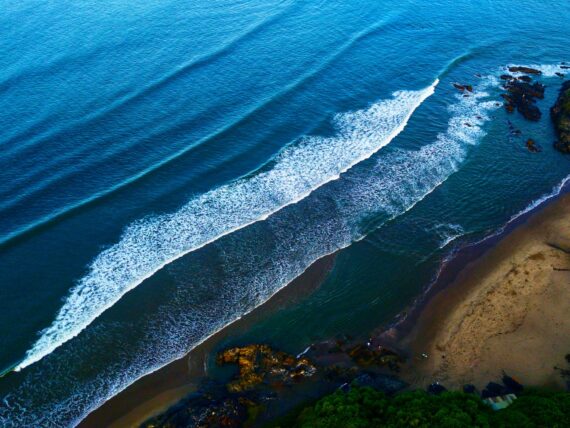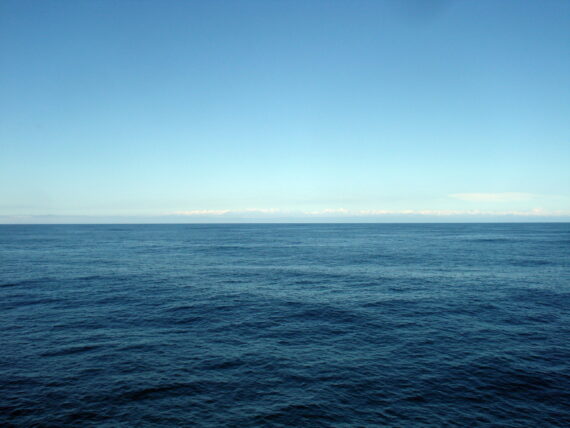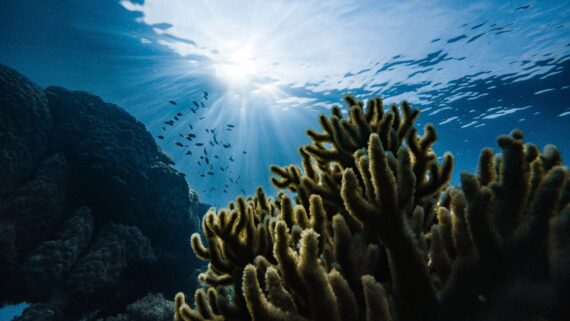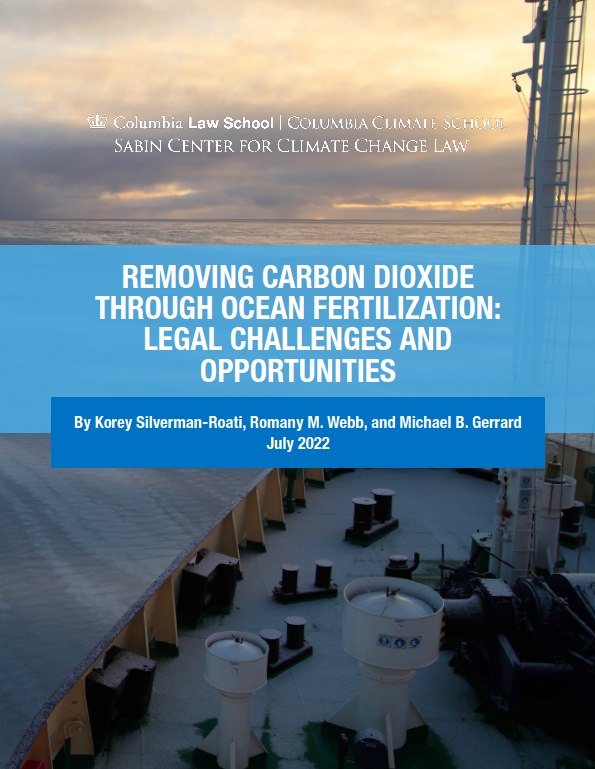The Sabin Center published a new report today recommending actions that federal agencies could take to ensure safe and responsible permitting and regulation of ocean carbon dioxide removal (CDR) research in U.S. waters. The Intergovernmental Panel on Climate Change has concluded that CDR will be needed, alongside deep emissions cuts, […]
Negative Emissions
The Sabin Center wrapped up Climate Week NYC last Friday with an event exploring the opportunities and challenges posed by ocean-based carbon dioxide removal (CDR). As evidenced by the 150-plus people in attendance, ocean CDR is attracting growing attention as a possible climate change mitigation option. It is not hard […]
While progress is being made, there is still a lot to do. The IPCC has said that, in addition to reducing emissions, it will likely also be necessary to draw greenhouse gases out of the atmosphere to mitigate climate change. The Sabin Center for Climate Change Law, an affiliate of the Columbia Climate School, has been exploring various ways of doing that, including through “blue carbon” approaches. Blue carbon is carbon captured by ocean and coastal ecosystems. In this post, we will focus specifically on ocean-based carbon dioxide removal and sequestration, also known as “ocean CDR”.
March 8, 2023, marked the start of the demonstration phase of Project Greensand, shipping carbon dioxide (CO2) from Belgium for storage in a depleted oilfield in the North Sea off the coast of Denmark. This blog post highlights three ways in which this pioneering carbon capture and storage (CCS) operation […]
The Sabin Center today published model federal legislation to advance safe and responsible ocean carbon dioxide removal (CDR) research in U.S. waters. Controlled field trials and other in-ocean research is critical to improve scientific and societal understanding of CDR techniques that could help the U.S. reach its climate goals. However, […]
Support for carbon dioxide removal (CDR) is growing globally. Governments are, it seems, beginning to listen to the growing chorus of scientists who have warned that deploying CDR is essential to avoid catastrophic climate change. Government funding for research and deployment of CDR is increasing. Many governments are beginning to […]
By Korey Silverman-Roati Carbon dioxide removal (CDR) will be needed, alongside deep emissions cuts, to achieve global temperature goals. The Intergovernmental Panel on Climate Change (IPCC) has emphasized that, to limit warming to 1.5oC or 2oc, in line with the Paris Agreement, global carbon dioxide emissions must reach net-zero between […]
By Korey Silverman-Roati Growing interest in using the oceans to enhance removal of carbon dioxide from the atmosphere has in turn spurred more interest in seaweed cultivation. A recent report by the National Academies of Sciences, Engineering, and Medicine (NASEM) concluded that the “ocean holds great potential for uptake and longer-term sequestration […]








